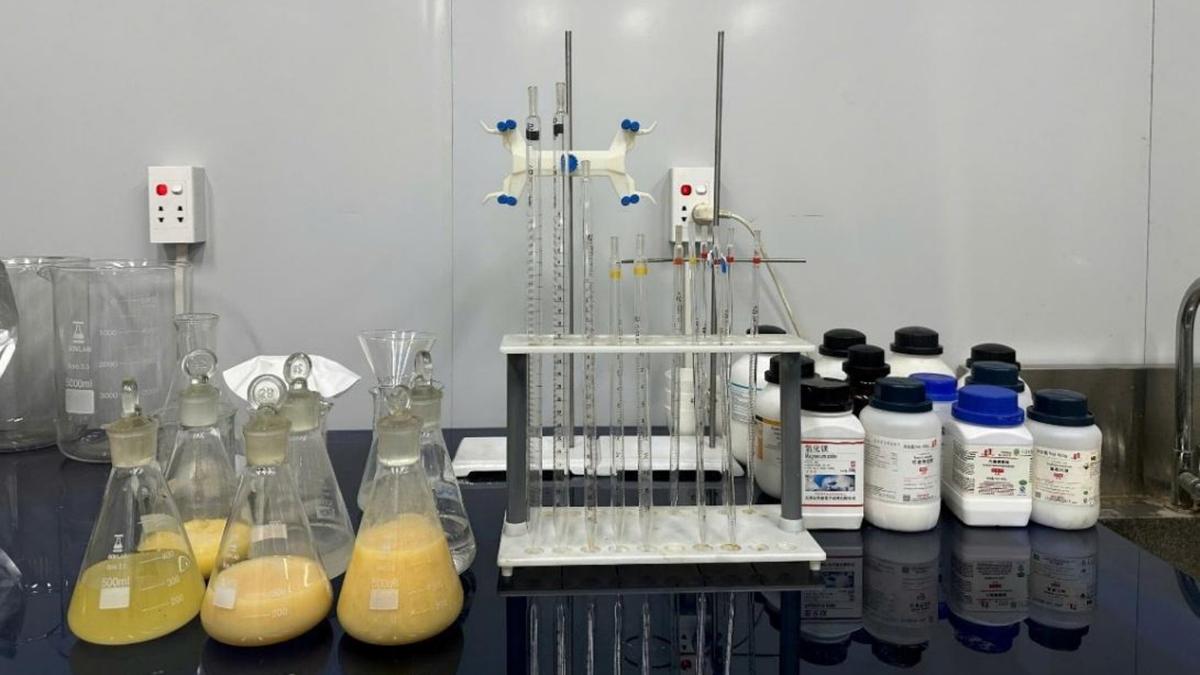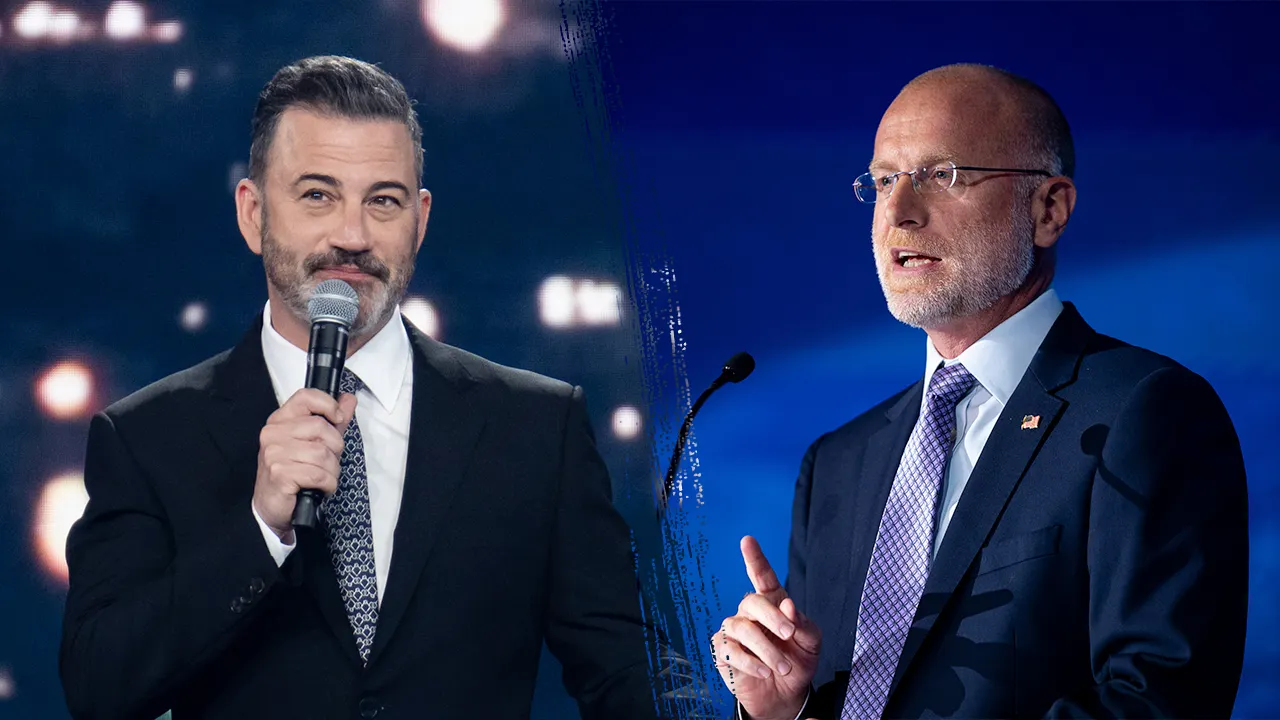By James Pearson
Copyright thewest

Critica Limited has delivered a stunning set of bulk sample results after tests revealed up to 95 per cent of waste can be consistently removed from ore from its flagship Jupiter project in Western Australia, while delivering a six- to 10-fold uplift in total rare earth oxide (TREO) grades.
The company believes the findings have highlighted the project’s enormous potential to carve out a simple, capital-efficient pathway to produce a variety of rare earth products suitable for modern technologies, such as electric vehicles, renewable energy and defence supply chains.
The bulk sample program was carried out at the Centre for Science and Technology of Mineral and Environment (GAVAQ) in Vietnam, using a 400-kilogram sample collected from multiple sites across Jupiter.
Regardless of whether the ore came from quartz-rich clay, iron-rich clay or saprolite, the story remained the same – high waste removal coupled with concentrate grades that really moved the dial. For example, head grades between 1300 parts per million (ppm) TREO and 2240ppm TREO were upgraded to between 1.2 and 2 per cent TREO in intermediate concentrate.
Critica says the results validate its beneficiation-first strategy, with Jupiter’s non-ionic clay-hosted mineralogy giving it a crucial edge over ionic clay deposits.
Since the ore can be upgraded upfront, most of the bulk is stripped out early, meaning far less material has to be handled to extract a concentrate. The payoff is lower processing costs – a serious advantage in a sector where margins can make or break a project.
Critica’s decision to push on with further testing came after an encouraging first-pass test on a 51kg Jupiter sample early in the year, which turned 1430ppm TREO into a 13,310ppm concentrate – an 830 per cent upgrade. By stripping out 94.5 per cent of the waste, the process recovered more than half the rare earths, all via a simple room-temperature flotation method.
Now that open-circuit trials have proved Jupiter’s ore can be turned into high-grade concentrate at a competitive cost, Critica is wasting no time building a closed-circuit pilot plant at GAVAQ. When fired up, it will recycle material through the system to squeeze out even higher recoveries while keeping grades right on target.
The new pilot plant will also pump out enough concentrate for hydrometallurgical test work at GAVAQ, the Sydney-based Australian Nuclear Science and Technology Organisation and specialist processing firm Minutech, allowing Critica to nail down the chemistry it needs to lock in mixed rare earth product samples ahead of offtake talks.
Regardless of ore type, Jupiter consistently delivers about 95 per cent mass rejection with six- to 10-fold TREO grade uplifts under open-circuit conditions.
The trial work also highlighted Jupiter’s magnet rare earth credentials. Intermediate concentrates contained up to 4500ppm of magnet rare earth oxides – including neodymium, praseodymium, dysprosium and terbium – alongside scandium oxide up to 171ppm.
Today’s results landed eight months after the company conducted its initial metallurgical test work and just seven months after unveiling Jupiter’s monster maiden resource of 1.78 billion tonnes grading 1651ppm TREO, including a rich 520 million tonne core running at 2169ppm.
Next on Critica’s hit list is firing up the pilot plant and locking in the leach pathway, before rolling it all into a scoping study. A completed scoping study will lead to approvals and offtake deals.
As Critica shifts gears from explorer to developer, it is tightening up the processing flowsheet and running beneficiation, hydromet and product chemistry all side-by-side. The company says it has one aim – to deliver mixed rare earth carbonate and oxide products.
At the end of the day, the figures do the talking. Unlike ionic clays that need direct leaching, Jupiter’s clay-hosted ore can shed the waste early and pack the value up front – a rare earths recipe the punters may find hard to ignore.
Is your ASX-listed company doing something interesting? Contact: matt.birney@wanews.com.au



